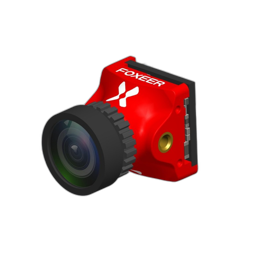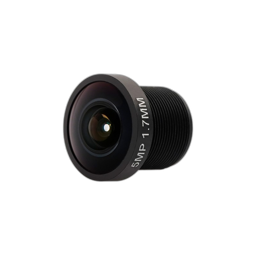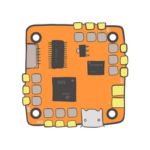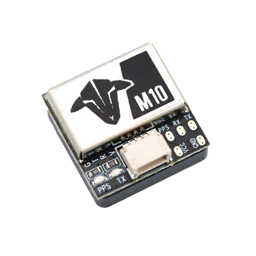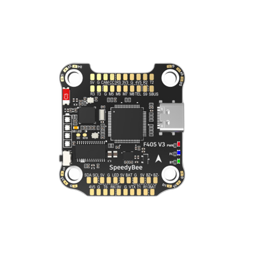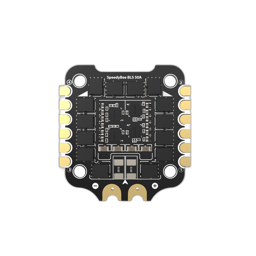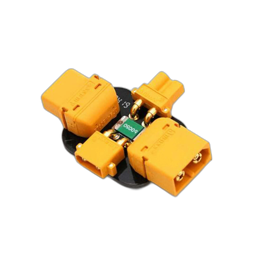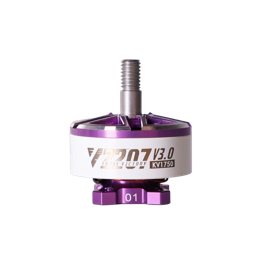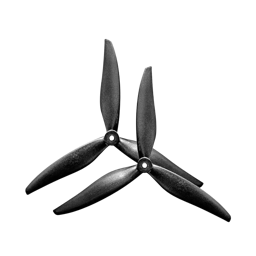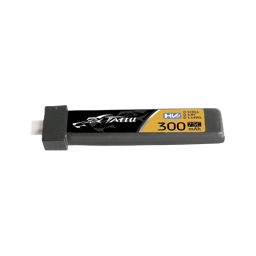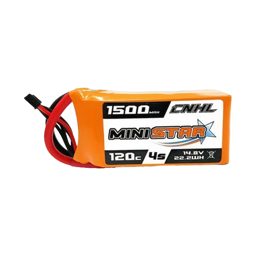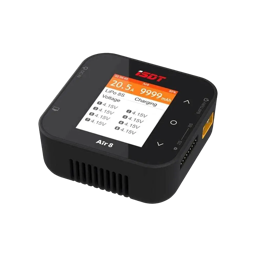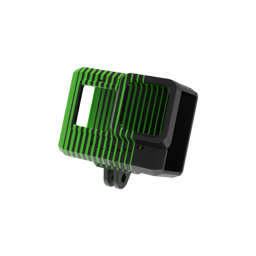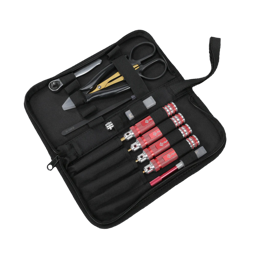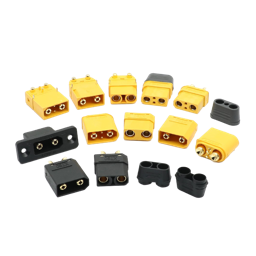What’s the Best GPS Module for FPV Drones in 2024?

When it comes to FPV drone performance, choosing the right GPS module can make a significant difference in navigation accuracy, return-to-home (RTH) performance, and overall flight experience. For Betaflight and iNav users, understanding the specifications of various GPS modules is key. This blog compares seven popular GPS modules in terms of technical specs, cold start times, hot start times, satellite count, and more.
Key Specifications
| Model | Chipset | Supported Systems | Cold Start | Hot Start | Satellite Systems | Additional Features | Weight |
|---|---|---|---|---|---|---|---|
| Geprc M10 | Ublox M10 | GPS, GLONASS, Galileo | ~30 sec | ~1-2 sec | Up to 72 satellites | – | 8.2g |
| Geprc M10Q | Ublox M10 | GPS, GLONASS, Galileo | ~28 sec | ~1-2 sec | Up to 72 satellites | LNA, Ceramic Filter, Compass | 8.5g |
| Goku GM10 Pro v3 | Ublox M10 | GPS, GLONASS, Galileo | ~30 sec | ~1-2 sec | Up to 72 satellites | Compass | 10g |
| TBS M10 | Ublox M10 | GPS, GLONASS, Galileo | ~30 sec | ~1-2 sec | Up to 72 satellites | – | 8.2g |
| TBS M10Q | Ublox M10 | GPS, GLONASS, Galileo | ~28 sec | ~1-2 sec | Up to 72 satellites | LNA, Ceramic Filter, Compass | 8.5g |
| Flyfish M10 Mini | Ublox M10 | GPS, GLONASS, Galileo | ~30 sec | ~1-2 sec | Up to 72 satellites | – | 5g |
| HGLRC M80 Pro | Ublox M8 | GPS, GLONASS, Galileo | ~32 sec | ~1-2 sec | Up to 56 satellites | Compass, Barometer | 10g |
Cold Start vs. Hot Start
Cold Start refers to the GPS module initializing from scratch, with no previously stored satellite data. This typically occurs when the module is powered on for the first time after a long period of inactivity.
Hot Start refers to a GPS module reconnecting to satellites after a brief power cycle or reset, retaining previous satellite data, allowing for much faster acquisition times.
- Geprc M10 and TBS M10 offer similar cold start times (~30 seconds), which is fairly standard for GPS modules using the Ublox M10 chipset.
- Geprc M10Q and TBS M10Q have slightly faster cold start times (~28 seconds) due to the low-noise amplifier (LNA) and ceramic filter, which improves signal quality and speeds up satellite acquisition.
- HGLRC M80 Pro has a slightly slower cold start (~32 seconds) due to its older Ublox M8 chip but compensates for this with additional features like a compass and barometer, ideal for iNav users.
- Hot Start times across all models are quite similar, typically around 1-2 seconds, thanks to the Ublox M10 chipset’s fast reconnection capability.
Number of Satellites and Systems Supported
A GPS module’s ability to track multiple satellite constellations greatly affects its accuracy and reliability. Most of the GPS modules listed support GPS, GLONASS, and Galileo, which provide excellent global coverage.
- Geprc M10, Geprc M10Q, TBS M10, TBS M10Q, and Flyfish M10 Mini support tracking up to 72 satellites, which ensures strong reception in most environments.
- HGLRC M80 Pro supports up to 56 satellites, fewer than the M10 chipset modules, but still adequate for most FPV purposes.
- Goku GM10 Pro v3 includes a compass, making it especially suitable for iNav users who need accurate heading information, though satellite count and overall GNSS support are similar to the other M10 models.
Additional Features
While basic GPS functionality is consistent across most models, some come with extra features that can benefit specific use cases:
- Geprc M10Q and TBS M10Q: These models feature a low-noise amplifier (LNA) and ceramic filter, making them more resistant to interference, particularly in urban areas with a lot of RF noise.
- Goku GM10 Pro v3 and HGLRC M80 Pro: Both include an integrated compass, which is essential for more precise navigation, especially when using iNav. The HGLRC M80 Pro also adds a barometer, useful for altitude hold and advanced flight modes.
Size and Weight
For weight-conscious builds, Flyfish M10 Mini is the lightest option at only 5g, making it ideal for micro quads or drones where every gram counts.
- Geprc M10, Geprc M10Q, TBS M10, and TBS M10Q weigh about 8.2-8.5g, offering a good balance between size and features.
- The HGLRC M80 Pro and Goku GM10 Pro v3 are slightly heavier at 10g, primarily due to the additional sensors (compass and barometer).
Which GPS Module is Best for You?
- For Betaflight Users: The Geprc M10Q and TBS M10Q are ideal for those flying in noisy environments, offering enhanced signal quality and faster cold starts due to the LNA and ceramic filter.
- For iNav Users: The Goku GM10 Pro v3 and HGLRC M80 Pro are excellent choices due to their integrated compass. The HGLRC M80 Pro also offers a barometer, making it suitable for more advanced navigation and altitude hold.
- For Weight-Conscious Builds: The Flyfish M10 Mini is the lightest, making it perfect for micro builds where weight savings are critical.
- For General Use: The Geprc M10 and TBS M10 are reliable all-around performers, offering quick satellite acquisition and solid performance across various FPV setups.
Conclusion
Each of these GPS modules has its strengths, so the right choice depends on your specific needs, such as advanced features, weight, or signal quality. For pilots who require a more robust signal in noisy environments, the Geprc M10Q and TBS M10Q are excellent choices. For iNav users who need a compass and barometer, the Goku GM10 Pro v3 and HGLRC M80 Pro are standouts.
You can check out these GPS modules on FPVGuru.in for more details and to make the best choice for your drone setup.
Relevant Product Links:


